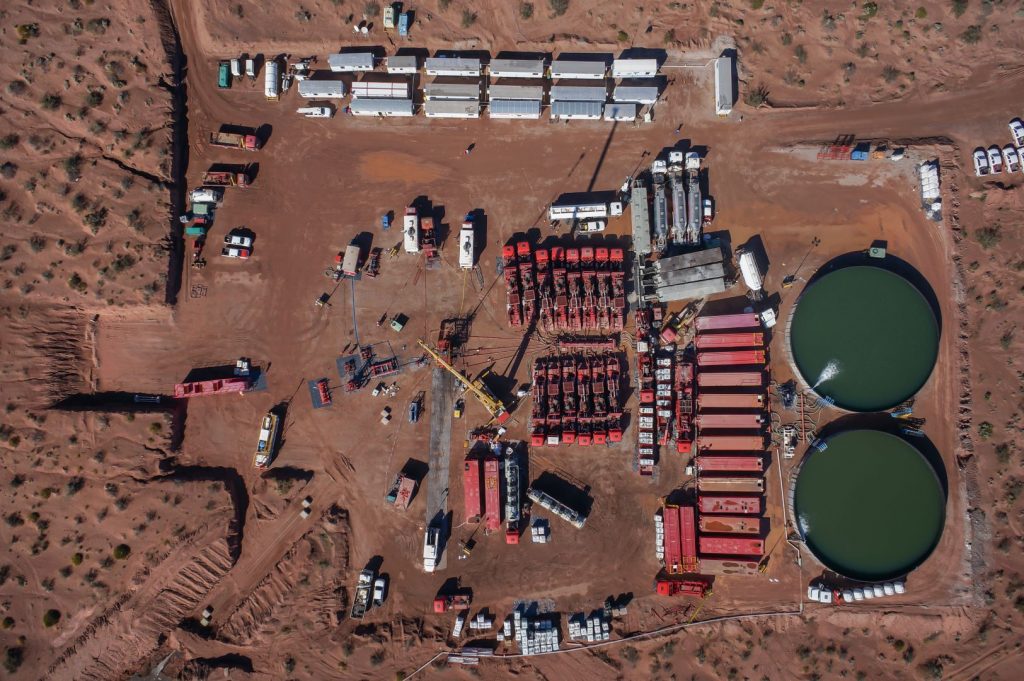Integrating Deep Neural Networks in Hydraulic Fracturing: A Path to Enhanced Well Performance
Hydraulic fracturing is a critical and complex process in the oil and gas industry. The intricate relationship between fracturing treatments and resulting fracture shapes is pivotal for optimizing well performance. Advances in machine learning, particularly Deep Neural Networks (DNN), have opened new avenues for modeling and simulation, enabling more precise control and understanding of fracturing processes. This blog post explores how DNNs can be leveraged to generate detailed Planar 3D models from fracturing data, subsequently feeding another DNN-based reservoir simulator for comprehensive well analysis.
The Role of Planar 3D Models
Planar 3D models are essential in representing fractures as three-dimensional planar shapes, detailing the fracture’s width, length, and height, and their evolution during the fracturing process. These models are crucial for visualizing and quantifying the physical space and properties of fractures, providing a foundational dataset for further analysis through machine learning models.
Machine Learning in Fracture Modeling
Machine learning, especially DNNs, can be effectively employed to build predictive models that establish a robust relationship between hydraulic fracturing treatments and the resultant fracture shapes. These models can learn from vast amounts of data typically collected during fracturing operations, such as pressure and flow rates, and correlate them with changes in fracture dimensions.
DNN-Based Reservoir Simulation
Once the relationship between treatment parameters and fracture geometry is established, this data serves as input to another DNN-based model aimed at simulating reservoir behavior. This reservoir simulator can perform tasks like history matching, optimization, and forecasting of well performance. By adjusting variables and simulating outcomes, operators can predict how different designs might perform under various conditions.
Customization by Region
One of the significant advantages of using DNNs in this context is their adaptability to regional characteristics. Models can be trained specifically for certain leases or geological settings, learning from local data to tailor predictions and optimizations that are more applicable and accurate for specific areas. This capability allows operators to harness machine learning insights that are fine-tuned to their operational environments, leading to better decision-making and well design.
Practical Applications and Benefits
Operators can utilize these advanced machine learning models to analyze the effectiveness of their fracturing designs and make informed decisions on how to alter or improve them for future wells. The integration of DNNs facilitates a deeper understanding of the complex interactions within fractured reservoirs and supports the design of completion strategies that optimize production.
The application of DNNs in generating Planar 3D models and simulating reservoir performance represents a transformative shift in how data is used in hydraulic fracturing. These models not only enhance the accuracy of predictions but also enable customized solutions that adapt to specific regional characteristics. As the oil and gas industry continues to embrace digital transformation, the integration of such technologies will play a pivotal role in optimizing resource extraction and enhancing the efficiency of hydrocarbon production.
Through continual learning and adaptation, DNNs offer a promising assistant to operators, providing them with invaluable insights that help refine drilling and completion designs for enhanced well performance across various operational landscapes.

